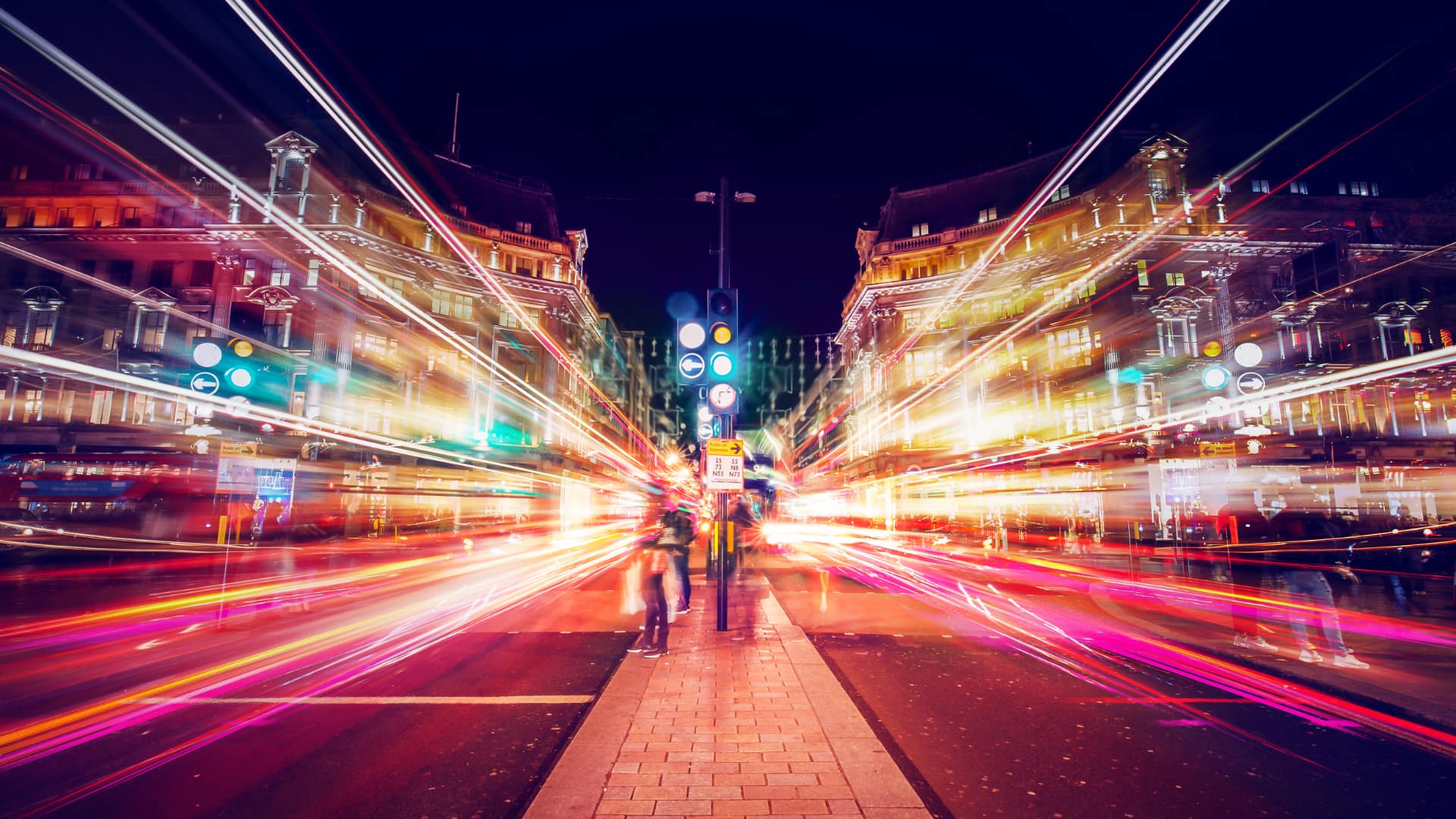
What are the creative and practical considerations of shooting in slow motion, and which camera should you choose? Neil Oseman is your guide to the choices in front of you.
Slow motion is a camera trick that has been around for as long as cinema has existed. Crank the film through the camera at the same speed as you crank it through the projector and motion is reproduced at normal speed; over-crank the camera and the result when projected normally is slow motion.
Slo-mo has a range of creative uses. It can be used to stretch out moments of tension, or enable the viewer to follow something happening at lightning speed, or simply to make an explosion seem cooler. Directors like Sam Peckinpah, Quentin Tarantino and John Woo have used it to turn bloody violence into something balletic and beautiful. Martin Scorsese did something similar in Raging Bull, but also used subtle over-cranking outside of the boxing ring to underscore Jake LaMotta’s emotions.
I once shot a short film where I over-cranked to only 28 or 30fps on many set-ups to represent the central character being weighed down by grief. At the other end of the scale, Hans Gruber falls to his death at 270fps in Die Hard, while 2012’s Dredd goes up to 4000fps to visualise the effects of the aptly named “slo-mo” drug.
Light? Fantastic!
A key consideration of shooting over-cranked is light. Every doubling of the frame rate halves the time that the sensor or film is exposed to light; therefore the amount of light needs to be doubled (increased by one stop) to maintain the same exposure. For day exteriors this may not be an issue. At ISO 800 and T2, a sunny day theoretically provides enough light to shoot at over 50,000fps!
Indoors it’s a different story. Just the other week I shot some 120fps footage of various props being thrown through the air for a montage in a narrative feature. To make my target stop of a T4/5.6 split – consistent with the rest of the film, and with enough depth of field to give the focus puller a fighting chance of keeping the moving targets sharp – we had to fire two tungsten 2Ks into a poly-board just out of frame.
It is important to test your lighting for flicker when shooting high frame rates. Electric lights usually flicker in time with the AC power supply, normally not a problem if your shutter interval is 1/50th of a second (in a country with 50Hz mains) or 1/48th or 1/60th of a second (in a 60Hz country). Assuming a shutter angle of 180 degrees, your shutter interval denominator is going to be double your frame rate, so at 250fps, for example, you’re down to 1/500th of a second as your shutter speed.
Tungsten has traditionally been the go-to lighting for high-speed work, but it’s far from immune to flicker. As the AC current passes through the zero point in its cycle the filament briefly cools down, causing its glow of light to fade. The bigger the lamp, the less it will be able to cool and therefore the higher the frame rate you can shoot before flickering becomes noticeable. I once shot parts of a music video at 300fps and there was discernible flickering of our tungsten lights (2K and smaller); I now know that 5Ks are recommended when shooting at much over 100fps. And if you have the budget for 10Ks you should be able to shoot at any frame rate you want.
Pro fluorescent fixtures like Kino Flos oscillate at 20kHz, making them solid choices for all but the most extreme high-speed shooting. Ordinary electronic HMI ballasts have a flicker free mode, but once you get up to 100fps and above you will need to hire high-speed ballasts and watch out for a shimmering effect called “arc wander”. LED fixtures designed for filmmaking will usually be okay, as long as they are not dimmed. Whatever type of light you choose, always test first, being sure to watch the results on a large monitor so that any subtle pulsing can be spotted.
What camera?
For cameras themselves, over-cranking is limited by how quickly the electronics can read out the sensor and process the image, and the write speed of the recording media. Many cameras allow their highest frame rates to be shot only if the resolution and/or bitrate is reduced.
Red’s V-Raptor can shoot 8K at 120fps, but at 2K, depending on the aspect ratio, it can go as high as 600fps. For comparison the new ARRI Alexa 35 in RAW mode can shoot 100fps at 3K, while the Sony Venice 2 is limited to 60fps at 8.2K. A specialised high-speed camera like a Phantom will go up to 10000fps or more, but may not be suited to the non-high-speed shots in your production as well.
The V-Raptor records the 16-bit RAW images from its VistaVison sensor to CFexpress cards at up to 800MBps. A separate pre-roll cache means that you can avoid wasting card space on the build-up to a slow-motion moment and just record the impact, explosion or whatever brief event you’re filming.
So no matter what your creative reasons are for shooting slow motion, remember to plan for plenty of flicker-free lighting and a camera that will give you the speed you need at the right resolution. If you’re looking to balance that with good all-round performance, 17+ stops of dynamic range, a lightweight body and all the benefits of a large sensor, the Red V-Raptor might be the right choice for your production.
Tags: Production


Comments